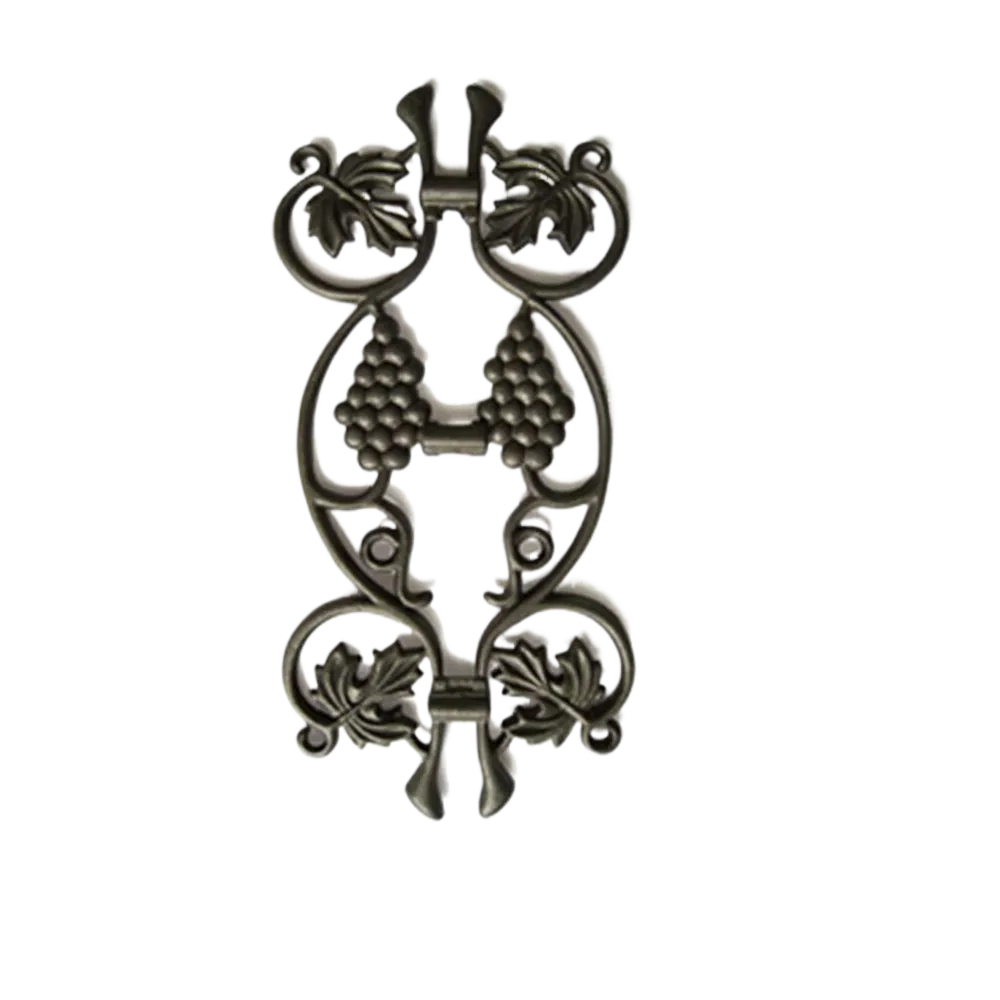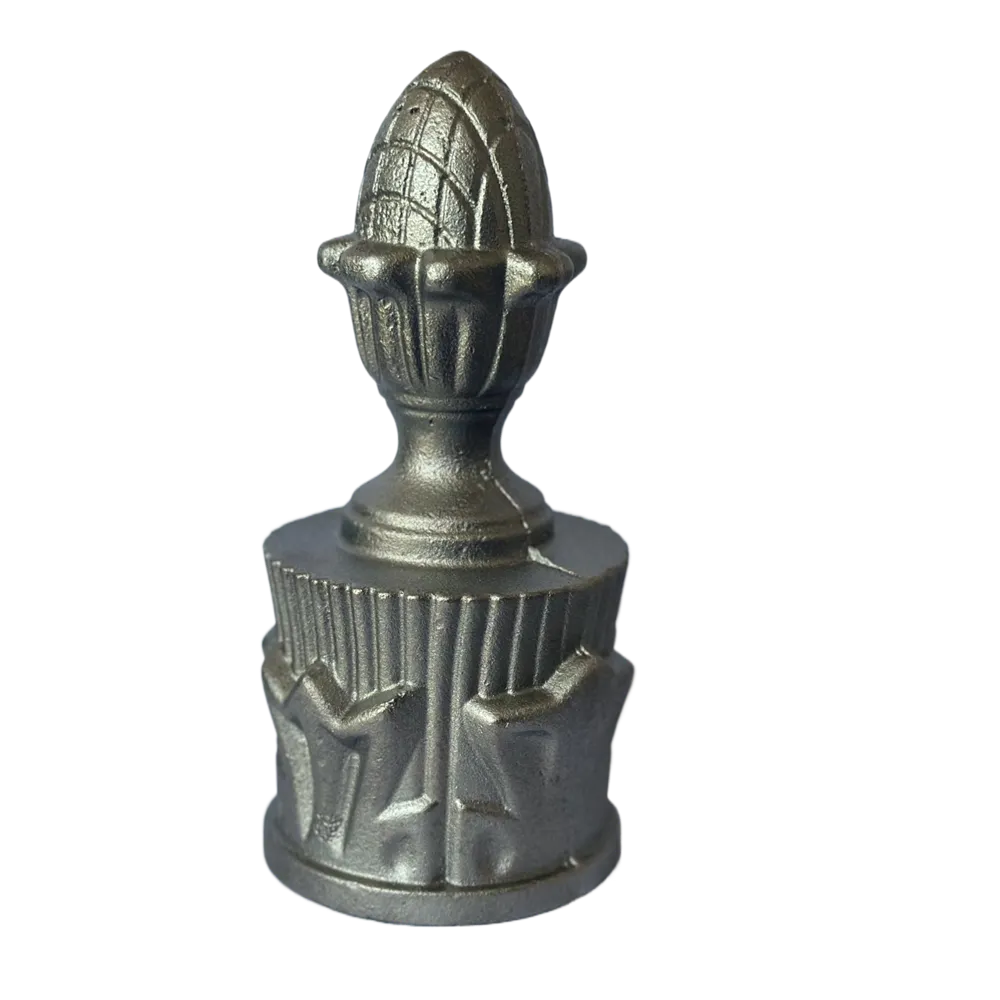.
As a supplier of aluminum door and window profiles, we know very well that customers have higher and higher expectations for the appearance of doors and windows. Therefore,Aluminum has also invested a lot of technology in the surface treatment of aluminum profiles to meet customers' needs. So what surface treatments are often used for aluminum door and window profiles? Usually include matte, multi-color surface treatment, electrophoretic, anodizing, polishing, and other processes.
Anodizing
Anodizing can overcome defects in aluminum alloy surface hardness and wear resistance. Anodized aluminum profile, anti-static, easy to clean without dust collection, has excellent heat dissipation. Beautiful appearance, uniform color, no fading. It can also improve the bonding force between the organic coating and the inorganic covering layer. Anodizing is also the door and window surface treatment technology most favored by Aluminum customers.
Powder coating
Powder coating uses electrostatic coating equipment to spray powder coating onto the profile surface. Powder-coated aluminum profiles are available in various colors, with a low probability of color difference and good corrosion resistance. We have our vertical powder coating equipment workshop that supports aluminum profiles of any length. If you want to know more, you can contact us.
Electrophoretic spraying
Electrophoretic paint film has full, uniform, smooth, and smooth coating advantages. The electrophoretic coating is highly resistant to corrosion and weathering. It has a more decorative effect than spray paint or powder coating, which is very popular among customers.
Matte treatment
The main function is surface cleaning. Sandblasting of aluminum alloy doors and windows before painting (painting or plastic spraying) can increase surface roughness and improve adhesion to a certain extent. Still, the contribution is limited, which is better than the pre-treatment of chemical paint. The matte aluminum profile avoids the defect that the bright aluminum alloy profile will cause light interference under certain circumstances and conditions in architectural decoration. Its surface is as delicate and soft as brocade, which is very popular among customers.
Wood Grain
Wood grain transfer is a surface treatment technology that reproduces various wood grain textures on the surface of aluminum profiles. Wood grain transfer printing has excellent anti-aging, fading, corrosion resistance, and weather resistance and fully displays the beautiful wood grain texture, which is also very popular among customers.
Aluminum profile surface treatment is one of the important links in producing aluminum alloy doors and windows. Good surface treatment greatly affects the corrosion resistance, weather resistance, and service life of aluminum alloy doors and windows. With the continuous advancement of technology, Aluminum can provide aluminum profiles with higher quality and more favorable prices for door and window suppliers.
The aesthetic appeal of ornamental wrought iron is also highly adaptable, seamlessly fitting into various design themes. It can blend effortlessly with rustic, industrial, or classical interiors, making it a versatile choice for homeowners and designers alike. The ability to paint or finish wrought iron in various colors further enhances its adaptability, allowing it to complement different decor styles.
. Today, it continues to be used in restoration projects and by artists who appreciate its timeless beauty and craftsmanship.
.
Wrought iron fence ornaments have long been celebrated for their beauty and durability, making them a popular choice for homeowners and architects alike. These decorative fixtures not only enhance the aesthetic appeal of fences but also speak to the artistry and craftsmanship that go into their creation. In this article, we will explore the history, benefits, and various styles of wrought iron fence ornaments, as well as their role in garden and landscape design.
In conclusion, ornamental wrought iron is not just a material; it is a canvas for artistic expression. Its rich history, coupled with its enduring functionality, makes it a desirable choice for a wide range of applications. As we continue to appreciate and embrace the beauty of this timeless material, ornamental wrought iron remains a significant part of architectural design, reflecting craftsmanship and elegance that stands the test of time. Whether used in grand entrance gates or subtle decor pieces, its presence adds a touch of sophistication to any environment.
 Heavier doors might require larger, sturdier wheels for optimal support and movement Heavier doors might require larger, sturdier wheels for optimal support and movement
Heavier doors might require larger, sturdier wheels for optimal support and movement Heavier doors might require larger, sturdier wheels for optimal support and movement Their non-porous surface makes them easy to clean, reducing the risk of bacterial buildup, particularly important in public spaces Their non-porous surface makes them easy to clean, reducing the risk of bacterial buildup, particularly important in public spaces
Their non-porous surface makes them easy to clean, reducing the risk of bacterial buildup, particularly important in public spaces Their non-porous surface makes them easy to clean, reducing the risk of bacterial buildup, particularly important in public spaces The secure enclosure provided by the lock box is further enhanced by its pry-resistant hinge and the solid construction that defies common burglary tools The secure enclosure provided by the lock box is further enhanced by its pry-resistant hinge and the solid construction that defies common burglary tools
The secure enclosure provided by the lock box is further enhanced by its pry-resistant hinge and the solid construction that defies common burglary tools The secure enclosure provided by the lock box is further enhanced by its pry-resistant hinge and the solid construction that defies common burglary tools It was widely used during the Victorian era, when ornate decoration was highly valued It was widely used during the Victorian era, when ornate decoration was highly valued
It was widely used during the Victorian era, when ornate decoration was highly valued It was widely used during the Victorian era, when ornate decoration was highly valued
 They provide a secure barrier while maintaining an open and airy feel, perfect for both residential and commercial properties They provide a secure barrier while maintaining an open and airy feel, perfect for both residential and commercial properties
They provide a secure barrier while maintaining an open and airy feel, perfect for both residential and commercial properties They provide a secure barrier while maintaining an open and airy feel, perfect for both residential and commercial properties